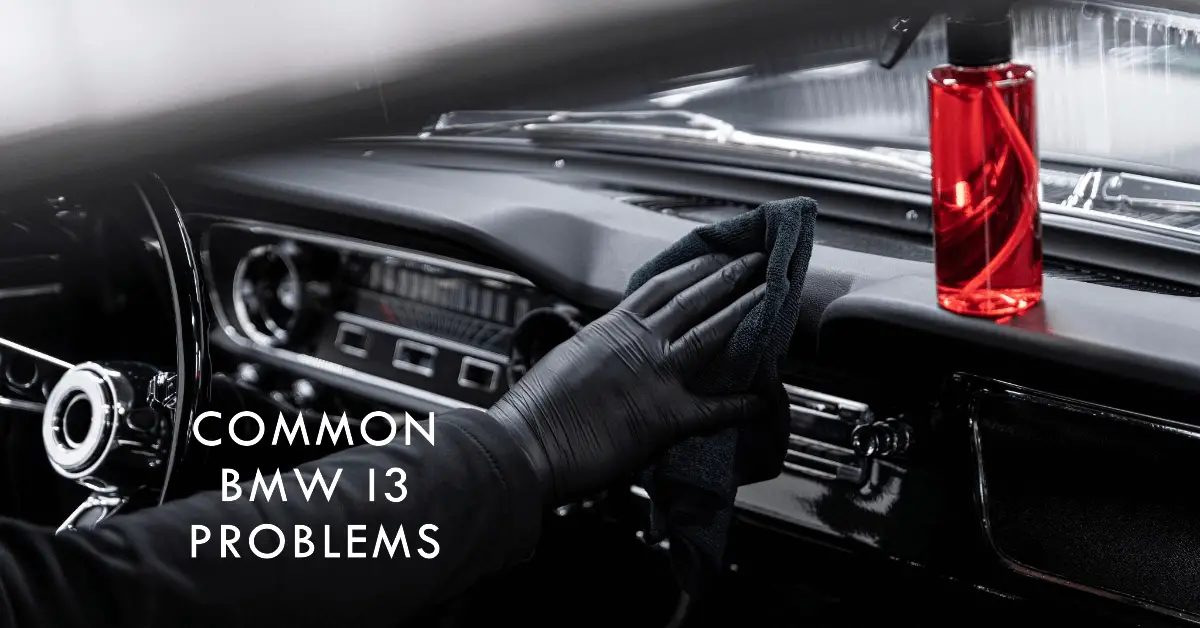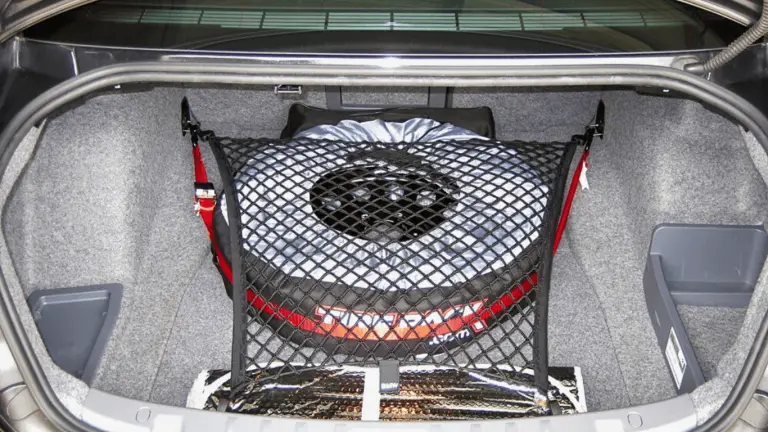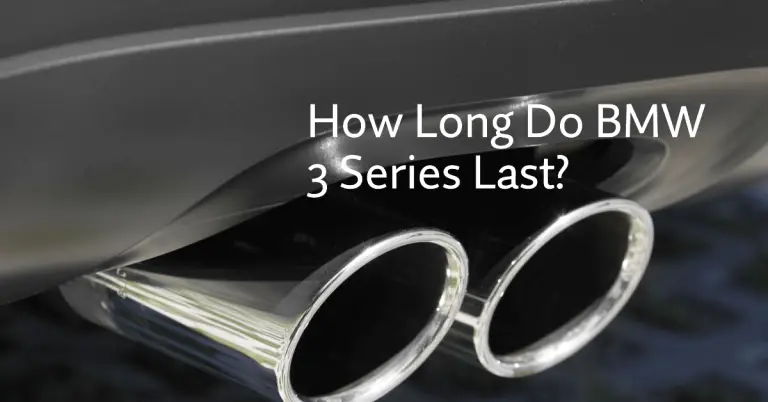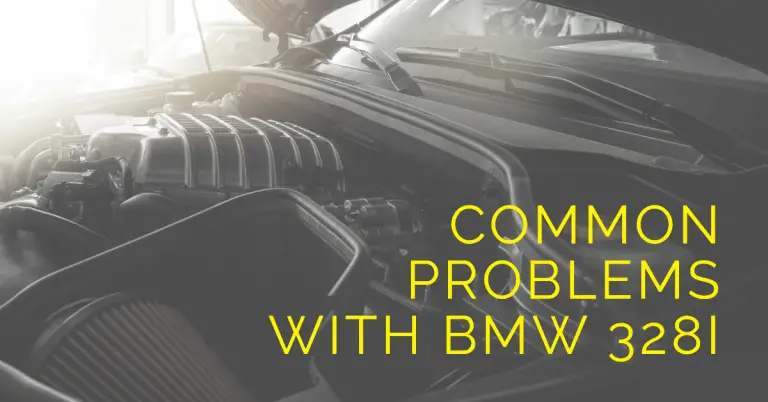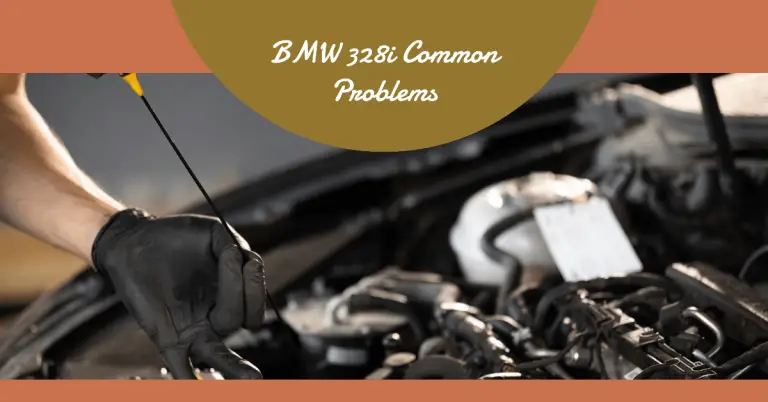2015 BMW i3 Problems: Common Issues and Solutions
Thinking of buying a used 2015 BMW i3? As BMW’s first attempt at a mass market all-electric vehicle, the i3 was an innovative and futuristic hatchback when it debuted. Reviews praised its zippy acceleration, nimble handling, and futuristic interior. However, the pioneering i3 was not without its problems. Many owners have encountered issues with the battery, electrical system, drivetrain, and more.
In this in-depth guide, we’ll cover the most common 2015 BMW i3 problems reported by owners. You’ll learn about typical repair costs, technical service bulletins, and tips to diagnose and fix some of the most prevalent i3 issues. Read on to find out if the innovative i3’s problems are deal breakers or fairly easy fixes.
An Introduction to the 2015 BMW i3
The 2015 model year marked the second year of the BMW i3 after its debut in 2014. The i3 was the brand’s first attempt at a practical, affordable electric vehicle aimed at the mass market rather than just luxury buyers. The futuristic hatchback stood out from other BMWs with its funky styling, extensive use of carbon fiber to save weight, and innovative tech.
At its launch, the i3 was offered in two versions:
- All electric – Featuring a 170 HP electric motor powered by a 22 kWh lithium-ion battery pack. Range was 81 miles originally but increased to 114 miles by 2015.
- Range extender – Added a 2-cylinder gasoline “Range Extender” engine that generated power to charge battery, extending range to 150 miles.
Early reviews were mostly positive, applauding the i3 for its quickness, agility, comfortable ride, and high-tech interior. Reviewers also noted the open, airy interior design and sustainable materials like recycled plastics. But it wasn’t without flaws.
So what kinds of problems and issues have 2015 BMW i3 owners experienced?
From battery problems to electrical glitches, some key components proved unreliable. Issues with the complex technology were also common. While not every i3 has been problematic, certain issues have surfaced repeatedly across user forums and consumer complaint sites.
In this article, we’ll highlight the most common 2015 BMW i3 problems reported by owners. We’ll provide tips to diagnose issues yourself and determine when professional repair may be needed. Let’s get started!
Battery and Charging Problems
Given its all-electric powertrain, the battery pack and charging system are critical components in the BMW i3. Several common problems have surfaced with these systems:
Slow Charging Times
Many owners note frustration with the long charging times, especially when using the standard 110V charge cord. On lower amperage household outlets, a full charge can take up to 20 hours. Upgrading to higher voltage, 240V charging equipment cuts time significantly, but represents an added cost.
The relatively short electric-only range compounds the charging time complaints. With only 81 miles originally, the standard i3 required frequent charging sessions. Critics argued that the minimal range and long charge times, even on 240V, made it impractical for extended trips.
Faulty or Failing Battery
Another issue reported by i3 owners is premature failure of the lithium-ion battery. Some have seen battery capacity decrease significantly, resulting in loss of range. Reports indicate BMW Battery Certificates cover capacity loss only down to 70%. Greater degradation means costly battery replacement.
According to RepairPal, replacement of an i3 battery pack can cost $16,000 or more. That’s a hefty price tag out of warranty. Some owners feel BMW should have offered longer coverage given the high cost.
Not Reaching Full Charge
A related problem is the i3 failing to reach a full charge consistently. Owners describe the car charging to around 90-95% but not 100%, despite repeated attempts.
Diagnosing the root cause requires analysis of the battery’s data and software using BMW’s diagnostic tools. A software bug or faulty cell can prevent the pack from fully charging.
Charger Malfunction
The electric vehicle charger itself is another potential point of failure. From Level 1 and 2 chargers to DC Fast Chargers, these components can malfunction. Owners report issues with the charger failing to initiate charging, or the car failing to recognize the charger.
Reduced Electric Range
Some owners experienced premature loss of range compared to when the vehicle was new or stated range estimates. The exact loss varies, but 10-30% drops have been reported. Reduced range from battery degradation, software bugs, or other factors makes the i3 less practical.
Diagnosing and Solving Battery/Charging Issues
Addressing battery and charging problems usually requires professional diagnosis and service. BMW provides detailed troubleshooting tips and service bulletins for specific model years. Steps may include:
- Running diagnostics on the battery’s management system software to detect glitches.
- Checking battery capacity and individual cell voltages for deterioration.
- Inspecting connections and components in charging circuitry.
- Updating charging equipment and software, if needed.
- Replacing defective battery modules or entire pack, if excessively degraded. This is costly out of warranty.
- Verifying charger functionality by testing with alternate Level 1 or Level 2 equipment.
While some issues can likely be fixed with software updates, others like battery degradation will ultimately need hardware replacement. Review BMW’s guidance for your i3’s model year for appropriate diagnostics and repairs.
Electrical System Issues
As BMW’s first mass production electric vehicle, the complex electrical components and wiring in the i3 caused some headaches. Owners report various electrical faults and failures:
Sensors, Computers, and Wiring
Faulty sensors and electrical control modules are commonly cited in complaints from i3 owners. Issues reported include the car failing to start due to sensor problems, warning lights related to sensor failures, or computer modules malfunctioning. One prevalent complaint involves the power module on the passenger side under the front seat overheating.
Repairing electronic issues typically requires identifying the specific sensor or module that failed then replacing the part. The extensive wiring in an EV also brings susceptibility to shorts, leading to electrical gremlins. Diagnosing intermittent glitches often proves challenging.
Technology Freezing and Glitches
Many owners report problems with freezing or glitching of the i3 technology interfaces:
- Center console display freezing, crashing, or resetting
- Electronics shutting off and spontaneously restarting
- GPS/navigation systems glitching or failing to work
- Entertainment systems like Bluetooth having connectivity problems
Resetting systems can temporarily resolve software bugs. But hardware failures of screens and control modules will require replacements. Complex interfaces increase points of failure.
Adaptive Cruise Control Problems
Complaints of inoperative or erratic Adaptive Cruise Control are also common. This system uses sensors to automatically adjust speed based on traffic. Issues like sensors failing, miscommunication between components, and software bugs can cause poor ACC performance. It often requires BMW service techs to diagnose properly.
Diagnosing and Repairing Electrical Issues
Addressing the i3’s electrical problems involves methodically isolating the faulty components. Steps may include:
- Scanning for diagnostic trouble codes to identify issues.
- Testing wiring circuits and connections for continuity, damage, and shorts.
- Verifying proper communication between modules and ruling out software faults.
- Removing and testing individual sensors or computers to check if operating properly.
- Replacing damaged wiring sections, bad sensors, faulty control modules, or burned out components.
For problems like warning lights or intermittent issues, the problem may be challenging to pinpoint. Thorough diagnosis and testing is key. Reference BMW’s technical service bulletins for common electrical faults with your i3’s model year and production date.
Motor and Drivetrain Problems
BMW i3 owners report several issues with the motor itself and related drivetrain components:
Loss of Power
A loss of power during driving is concerning. Owners describe sudden loss of take-off power as if the car switched into a limp mode. This can create dangerous situations entering highways or when passing.
Possible factors are problems with motor sensors or wiring that put it into a fail-safe mode. Software glitches may also mistakenly reduce power.
Unusual Noises or Vibration
Odd noises or vibration coming from the electric motor also occur, per owner complaints. Motors can make some mechanical noise normally, but excessive whining, grinding or humming indicates an issue. Potential causes include bearing wear or rotor/stator damage inside the motor.
Lagging Acceleration
The i3 is known for its quick acceleration, but some owners note delays in throttle response and lagging acceleration at times. Drivetrain components like worn bearings or software problems could be the culprit. BMW issued a service bulletin for lagging acceleration in 2014-2015 i3 models to address software that needed an update.
Regenerative Braking Problems
Failure of the regenerative braking system is another complaint from drivers. Rather than braking recharging the battery, owners report the regen braking will periodically stop working. BMW has issued technical service bulletins related to this problem and the required fixes, which may include software updates and replacing components.
Diagnosing Motor and Drivetrain Problems
Diagnosing drivetrain issues requires hooking up to BMW’s scanner and analyzing diagnostic trouble codes. From there, BMW provides repair procedures like:
- Inspecting the rotor, stator, and windings for damage. Replacement may be required.
- Testing the function of sensors and motor controllers to find faults.
- Updating motor and battery management software, if applicable.
- Replacing worn drivetrain components like bearings.
- Verifying proper communication between components. Fix wiring issues.
Checking software updates and service bulletins from BMW can provide guidance. Some problems have required new motor components under warranty.
Suspension and Steering Concerns
The i3’s handling and ride quality received praise in reviews. But a number of owners have still experienced suspension and steering problems:
Uneven Tire Wear
Excessive or uneven tire wear is a complaint among i3 owners occurring ahead of expected replacement intervals. Premature wear indicates an alignment or suspension issue. Potential causes include loose components or damage from rough roads. Hitting potholes or curbs tends to contribute to spotty wear.
Vehicle Pulling to One Side
A car pulling to the right or left during driving signifies alignment needs adjustment. The electronically-assisted steering system in the i3 complicates this repair slightly. In addition to adjusting alignment, BMW’s diagnostic software checks for fault codes and calibration issues in the steering control module.
Noises When Turning
Clunking, clicking or popping noises from the front wheels when turning point to worn steering and suspension joints. These components tend to wear faster on EVs due to instant torque and added vehicle weight from batteries. Potential culprits are tie rods, ball joints and control arms. Lubricating joints may temporarily reduce noises.
Loose Steering Feeling
Steering feel is compromised when suspension joints, links or bushings develop excessive play from wear. This creates vague, loose steering response. While an alignment helps temporarily, worn parts need replacement.
Inspecting and Repairing Suspension Issues
Diagnosing i3 suspension and steering problems involves steps like:
- Performing a full alignment and checking for incorrect tire wear patterns.
- Inspecting tire condition and air pressures.
- Checking for looseness or play in steering linkages by rocking wheels/tires.
- Visually inspecting bushings and joints for cracking or separation.
- Checking for binding and restrictions when turning the steering wheel fully in both directions.
- Running diagnostics on power steering/DAS module and test driving.
- Replacing any excessively worn parts like lower control arms or steering joints.
Use BMW repair procedures for wheel alignments and steering/suspension component replacement when worn. Quality parts help extend service life.
Other Common 2015 BMW i3 Problems
Beyond the major systems covered above, a few other prevalent issues surfaced among 2015 i3 owners:
- Faulty AC/heater blower motors causing no airflow, noise, or odd smells from the vents. BMW issued related service bulletins.
- Sunroof water leaks due to drains getting clogged or issues with sunroof seals/alignment letting water enter the cabin.
- Noisy brakes causing squealing or grinding noises, especially in reverse. Lubricating hardware can help reduce sounds temporarily.
- Navigation/infotainment glitches like random system resets, screens freezing, Bluetooth dropping calls, or sound system distortions reported by drivers.
- Rattles inside the cabin from interior trim pieces due to the lightweight design. Adjustments and insulating tape quieted some rattles.
- Problems with seat controls and motors causing seat functions like adjusting height or tilt to fail. Motors and wiring issues were common.
Resolving these problems may involve a combination of software updates, hardware replacements, adjustments to seals or trim pieces, lubricating components, and wiring repairs. BMW TSBs offer official troubleshooting tips for specific model years.
Maintaining Your i3 Can Help Reduce Problems
Proper maintenance helps minimize problems with the innovative i3. Make sure to:
- Follow the scheduled maintenance for your model year outlined in your owner’s manual. Items like cabin air filters, battery coolant, brake fluid, and software updates are required at certain intervals.
- Inspect tires frequently and rotate them every 6,250 miles. Keep pressures at recommended levels to promote even wear.
- Address any new noises, leaks or changes in performance immediately to prevent bigger problems. Use BMW’s technical service bulletins as a resource when troubleshooting issues.
- Consider an extended warranty for added peace of mind given the possibility of expensive electrical repairs. Extended protection helps limit out-of-pocket repair costs once the factory warranty expires.
While the i3 had its share of faults as BMW’s first mass production EV, attentive maintenance and prompt repairs helps enhance reliability. Reference BMW’s tips for your i3’s model year whenever trouble arises.
Summary: Common 2015 BMW i3 Problems
In this detailed guide, we covered the most prevalent issues reported by 2015 BMW i3 owners:
- Battery problems like lack of full charging, reduced range, and premature degradation
- Electrical glitches ranging from sensor failures to technology freezing up
- Motor and drivetrain issues causing power loss, unusual noises, and acceleration lag
- Suspension and steering concerns like uneven tire wear and loose steering
- Other problems like AC/heater failures, navigation glitches, and persistent rattles
While not every i3 suffered these troubles, they do surface frequently among owner complaints, forums and reliability data. Diagnosing problems thoroughly and following BMW repair procedures is key.
Considering buying a used 2015 i3? Carefully inspect maintenance records and request a pre-purchase inspection. Buying an extended repair warranty can provide invaluable protection too. While not perfect, attentive maintenance helps enhance the innovative i3’s reliability.

